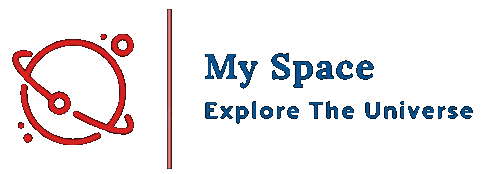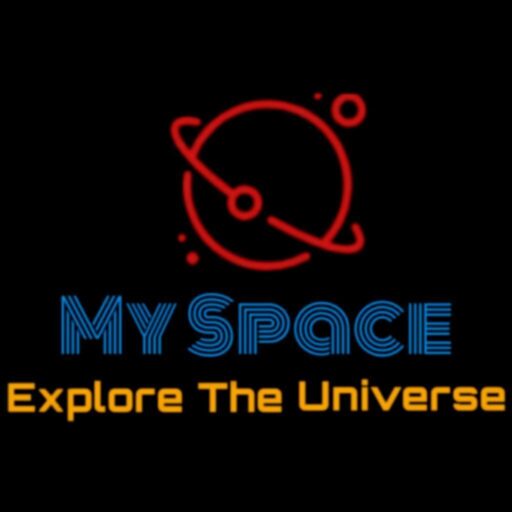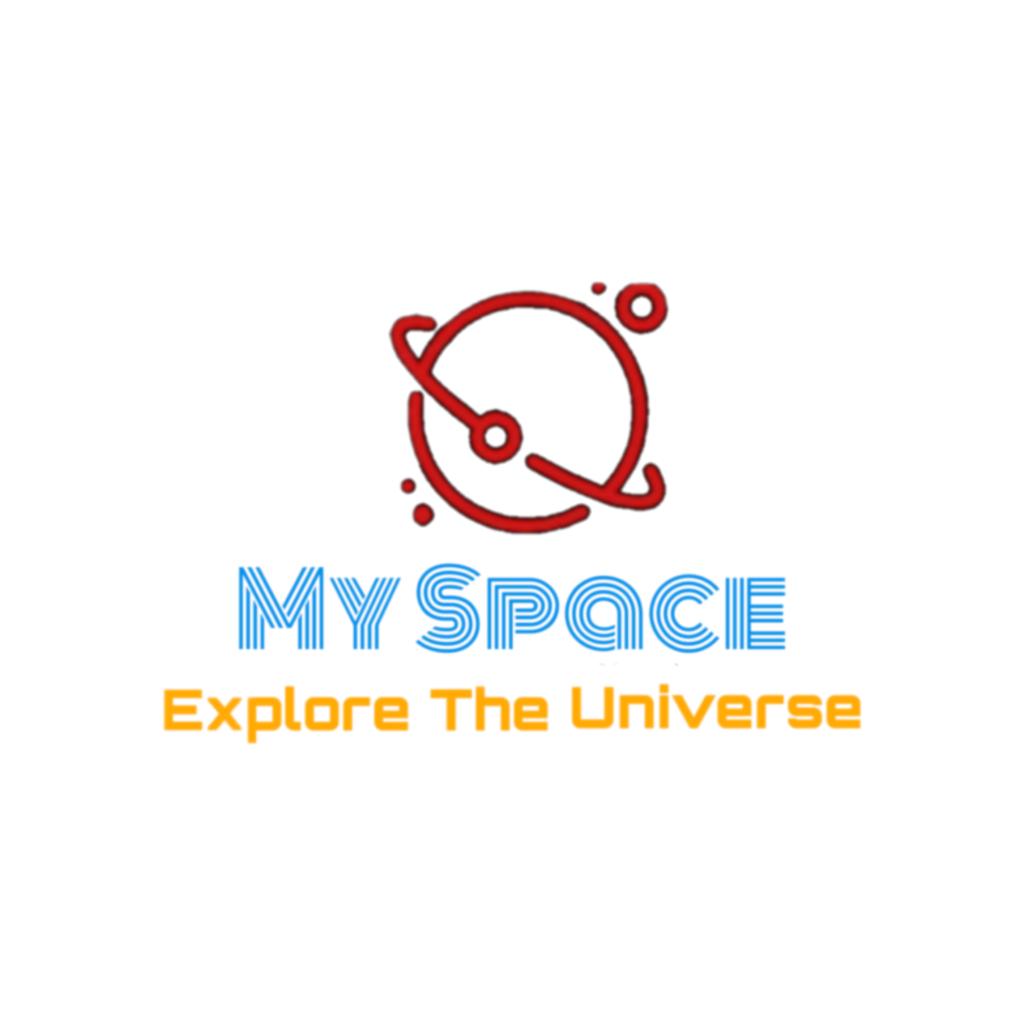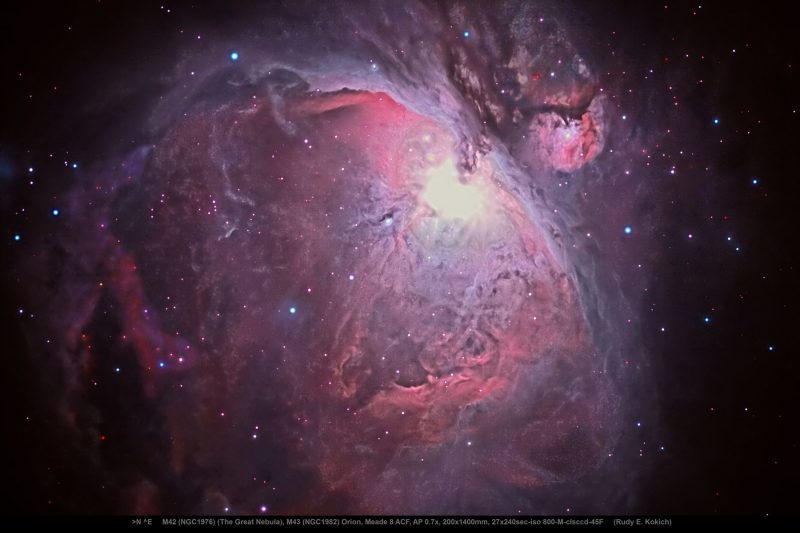Orion the Hunter is probably the most noticeable of all constellations. The three stars of Orion’s Belt bounce out at you as a brief, straight row of medium-bright stars, halfway between Orion’s two brightest stars, Betelgeuse and Rigel. As soon as you discover the Belt stars, you may as well find the Orion Nebula, in any other case generally known as M42. Whenever you have a look at it, you’re gazing towards a stellar nursery, a spot the place new stars are born.
The way to find the Orion Nebula
If you wish to discover this well-known nebula, first it’s a must to find the constellation Orion. Luckily, that’s straightforward, when you’re trying on the proper time of 12 months. The Northern Hemisphere winter months (Southern Hemisphere summer season months) are the proper time to come back to know Orion.
First, search for the three medium-bright stars in a brief, straight row. These stars symbolize Orion’s Belt.
Subsequent, when you look carefully, you’ll discover a curved line of stars “hanging” from the three Belt stars. These stars symbolize Orion’s Sword. Search for the Orion Nebula about halfway down within the Sword of Orion.
As a normal rule, the upper the constellation Orion is within the sky, the better it’s to see the Orion Nebula. From Northern Hemisphere places, Orion is due south and highest within the sky round midnight in the course of December. The celebrities return to the identical place within the sky some 4 minutes earlier every night time, or two hours earlier every month. So search for Orion to be highest up round 10 p.m. in mid-January and eight p.m. in mid-February.
One other time individuals discover Orion is across the months of August and September, when this constellation seems within the east earlier than daybreak.
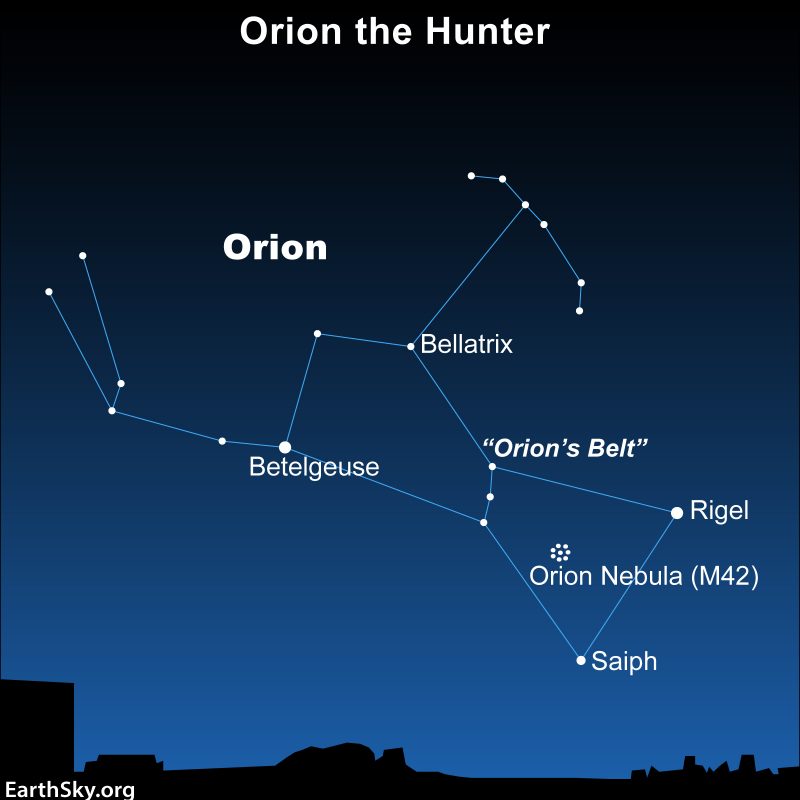
A globe of luminescent fog
Most nebulae – clouds of interstellar fuel and dust – are tough if not not possible to see with the unaided eye and even binoculars. However the Orion Nebula is in a category practically all by itself. It’s seen to the unaided eye on a darkish, moonless night time. To me, it seems like a star encased in a globe of luminescent fog. The star-gazing aficionado Stephen James O’Meara described it as:
… angel’s breath towards a frosted sky.
In a dark-sky location, observe the Orion Nebula for your self to see what it seems like. A yard telescope, and even binoculars, will do wonders to showcase one of many biggest celestial treasures within the winter sky.
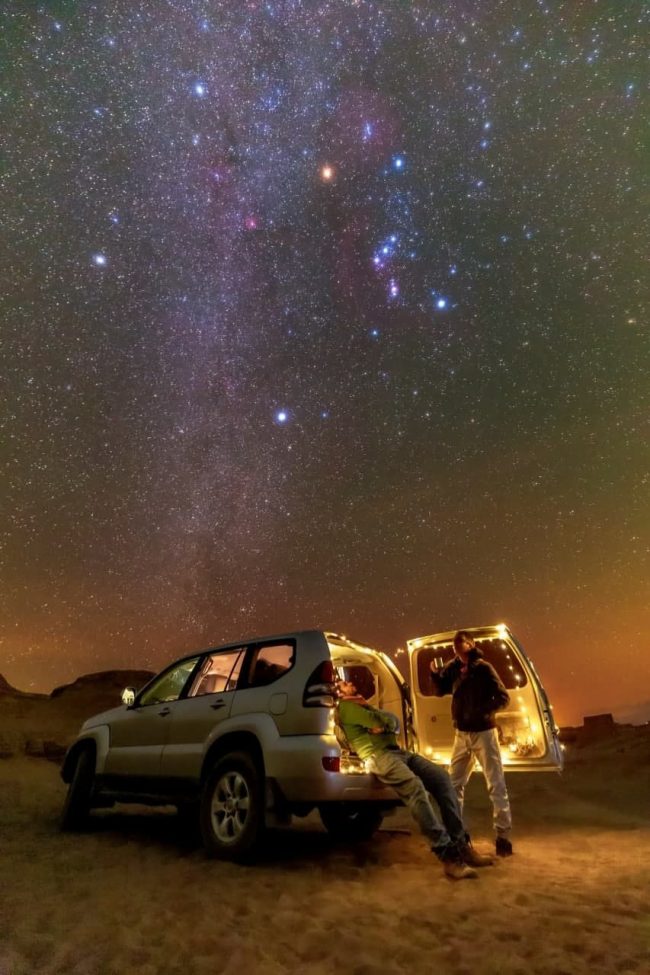
Science and the Orion Nebula
In accordance with fashionable astronomers, the Orion Nebula is a gigantic cloud of fuel and dust, one among many in our Milky Way galaxy. It lies roughly 1,300 light-years from Earth.
At some 30 to 40 light-years in diameter, this nice nebulous cocoon is giving start to maybe a thousand stars. A younger open star cluster, whose stars have been born collectively within the fuel cloud and are nonetheless loosely sure by gravity, seems throughout the nebula. Some individuals discuss with it because the Orion Nebula Star Cluster. In 2012, a world group of astronomers instructed this cluster within the Orion Nebula might have a black hole at its heart.
By means of small telescopes you may see the 4 brightest stars within the Orion Nebula, generally known as the Trapezium. The sunshine of the younger, scorching Trapezium stars illuminate the Orion Nebula. These stars are solely one million or so years previous, infants on the dimensions of star lifetimes.
However many of the stars on this rising cluster are veiled behind the Orion Nebula itself, the nice stellar nursery in Orion’s Sword.
The Orion Nebula’s place is Proper Ascension: 5h 35m; Declination: 5 levels 23′ south.
Backside line: The Orion Nebula seems to the attention as a tiny, hazy spot. Nevertheless it’s an enormous stellar nursery, a spot the place new stars are forming.
Enjoying EarthSky? Sign up for our free daily newsletter today!
